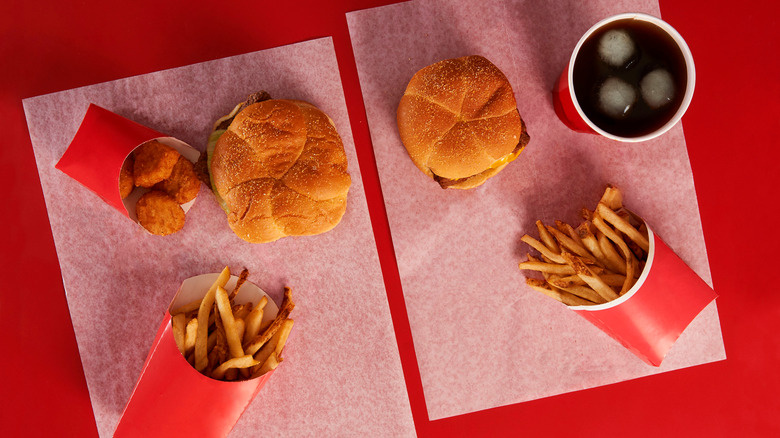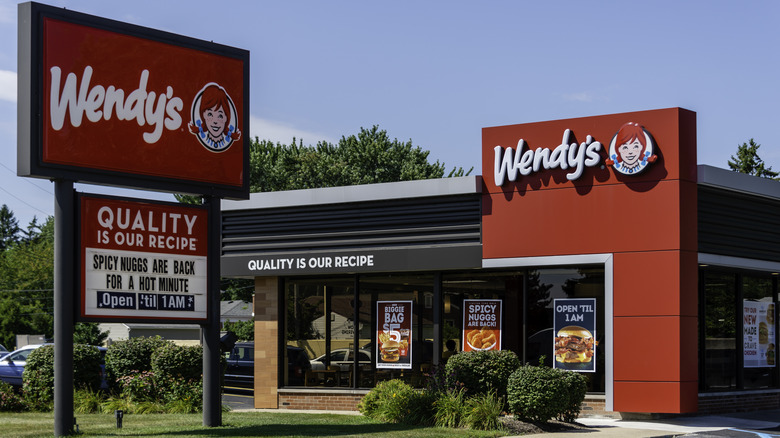Wendy's New Dynamic Pricing May Cause A Surge In Controversy
The gig economy has had a huge impact on how we do business and it looks like the next evolution in its ethos is closer than it might appear. You know how when you call for a rideshare from a company like Lyft or Uber you don't know the exact price until you order the ride? This style of dynamic pricing is making its way out of the transportation service industry and into fast food.
The new CEO of Wendy's, Kirk Tanner, is arriving on the scene with a mind for innovation, and his dynamic pricing idea is set to begin sometime next year. Essentially, the menu boards will change the price of items depending on the time of day. Although the specifics of how the company will implement these changes aren't yet fleshed out, if rideshare companies are anything to go by we can expect the price of popular items to increase when there's high traffic and decrease when things are slow.
We're interested to see how the company puts this idea into action since they'll need to decide if the prices will change at specific times across all locations or if they'll be implementing an AI program to decide when a specific location should change the price of a specific item based on the current sales. Needless to say, this is a huge shift in how we perceive the price of goods. The strategy is risking consumer backlash but it's unclear what the exact response will be.
Is it all bad?
The most obvious criticism the public could levy against the company is that a frosty and fries is fundamentally different from hailing a car home. One is a good and the other is a service. We don't question dynamic pricing for a rideshare because it makes sense to us. We understand that the price should reflect the distance we are traveling, the time of day, the availability of drivers, and so on.
Wendy's is likely going to have a tough time convincing people that dynamic pricing makes sense for their food, though. The price of a hamburger is directly correlated with the cost of the ingredients and labor needed to make the hamburger — none of which is dependent on what time of day it is. There are certainly going to be some upset customers who only have a short window for their lunch break which inevitably becomes the most expensive time to buy food. If dynamic pricing becomes widely adopted it will be interesting to see if businesses will respond by allowing flexible lunch times to let employees eat at cheaper prices.
While there is plenty to criticize, the idea has some merit. Curiosity about current prices could drive more traffic at historically slower hours since customers are likely to shop for bargains. But let's be honest, this decision is geared towards increasing profits for the company, not providing a better experience for the consumer.

